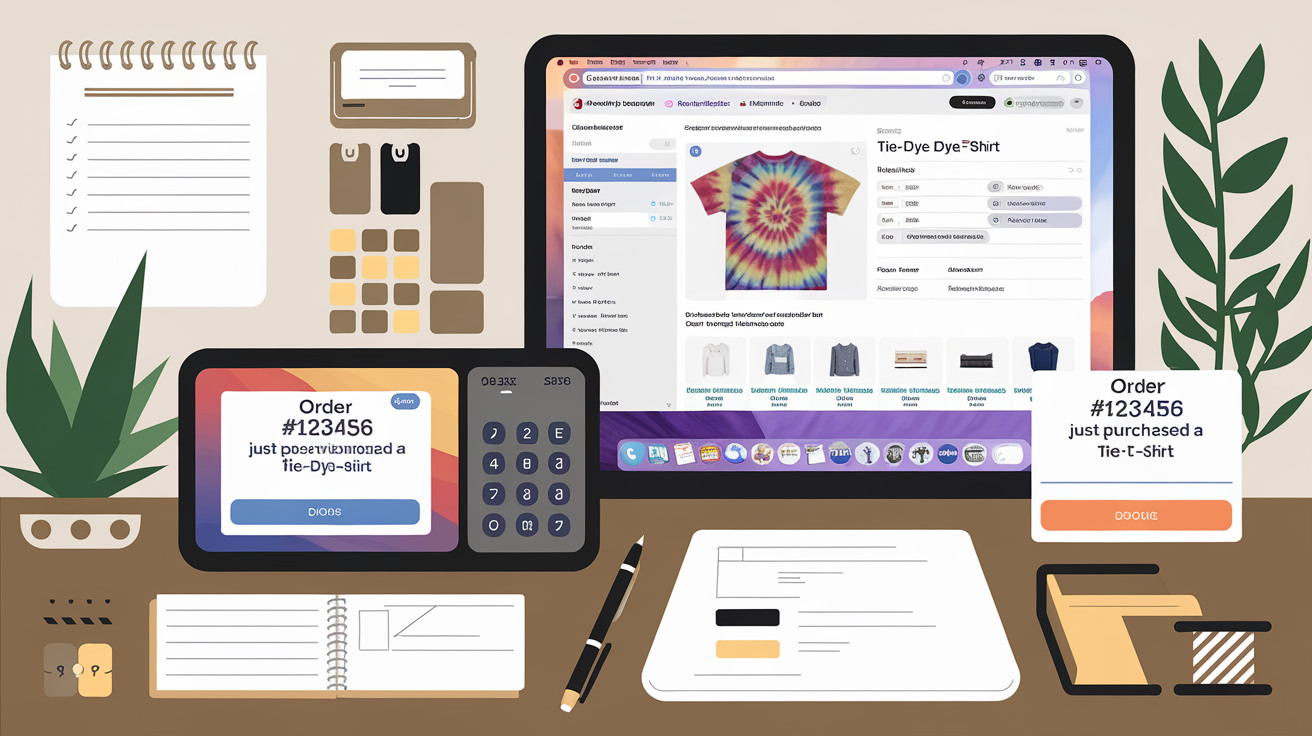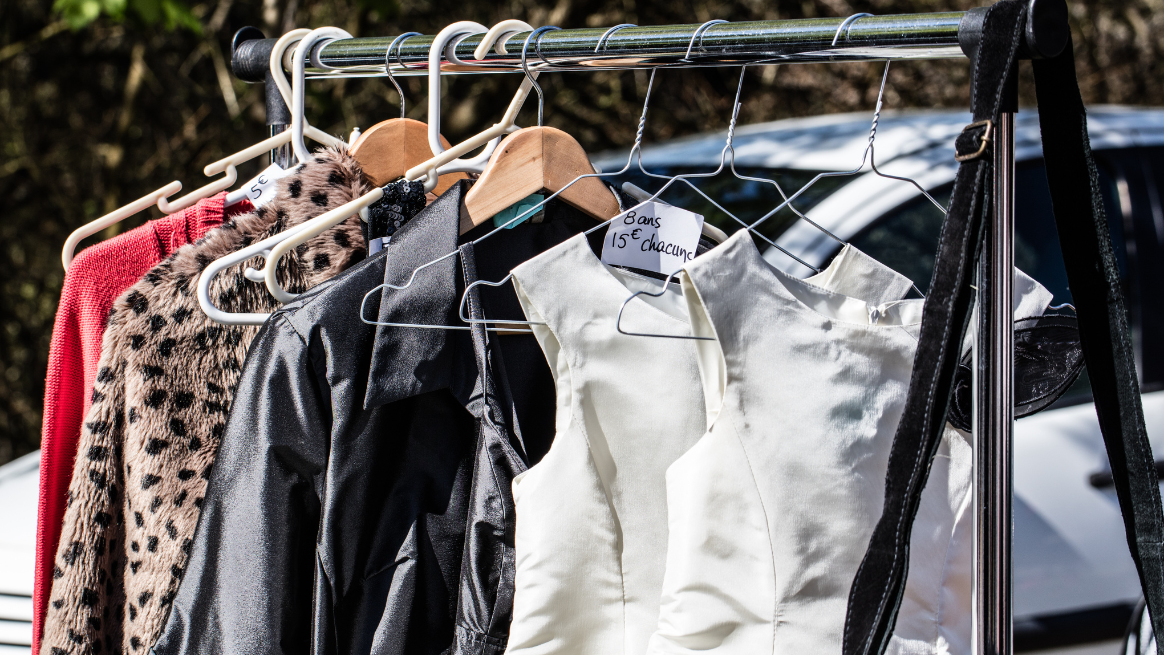

Do you ever dream of turning your favorite pastime into a source of income? Whether it’s crafting, photography, or a unique DIY skill, learning how to turn your hobby into income is more achievable than ever. With the rise of online platforms and growing interest in personalized, handmade, or passion-driven products, there’s never been a better time to monetize your creativity.
This blog post is designed to guide you through the process of transforming your hobby into a profitable venture. From identifying lucrative hobbies to selling your creations online, we’ll explore actionable strategies to help you make money doing what you love. Let’s dive into the steps that can turn your passion into profit.
1. Identify Profitable Hobbies
The first step in turning your hobby into income is identifying whether your passion has the potential to generate profit. While any hobby can be monetized with creativity and effort, some lend themselves more easily to financial success. Popular options include crafting, photography, gardening, and writing—activities that naturally result in products or services people are willing to pay for.
What Makes a Hobby Profitable?
A profitable hobby often meets one or more of the following criteria:
- Demand: Are people interested in your hobby’s output? For example, handmade items like jewelry, candles, or artwork are always in demand.
- Uniqueness: Does your hobby allow you to create something unique or personalized? This is especially valuable for niche markets.
- Marketability: Can your hobby’s products or services be easily marketed online or locally?
Examples of Profitable DIY Projects
If you enjoy hands-on hobbies, consider exploring profitable DIY projects to sell. These could include:
- Customized home décor, like painted signs or macramé.
- Personalized gifts, such as engraved jewelry or custom illustrations.
- Eco-friendly products, like reusable tote bags or handmade soaps.
How to Research Market Potential
To assess whether your hobby is marketable:
- Search Online Marketplaces: Browse platforms like Etsy, eBay, or Amazon Handmade to see if similar products are selling well.
- Use Keyword Tools: Search for terms like “profitable DIY projects to sell” or “monetize your crafts” to gauge interest and competition.
- Test Locally: Offer your creations to friends, family, or at local events to get feedback and validate demand.
By identifying a hobby with strong earning potential, you’re already taking the first step toward building a profitable side hustle. In the next section, we’ll explore how to effectively monetize your crafts and start generating income.
2. How to Monetize Your Crafts
Turning your crafting hobby into a profitable business is easier than you might think, especially with the growing demand for handmade and personalized items. In fact, according to a 2023 survey by Etsy, 81% of buyers on the platform seek out unique and customized products, making it an ideal marketplace for creators looking to monetize their crafts.
Steps to Monetize Your Crafts
- Choose Your Niche
- Focus on a specific type of craft to stand out in the market. For example, instead of creating general home décor, specialize in rustic farmhouse signs or minimalist pottery.
- A well-defined niche makes it easier to attract a loyal customer base and differentiate yourself from competitors.
- Start Small with Minimal Investment
- Use materials you already have on hand to test the market. For instance, if you enjoy making jewelry, start with a few designs and see which ones resonate with buyers.
- Platforms like Etsy or Shopify allow you to sell with minimal upfront costs.
- Price Your Products Competitively
- Research similar products to understand the average price range. Don’t undervalue your work—factor in materials, time, and overhead costs.
- A common pricing formula is: (Cost of Materials + Time x Hourly Rate) x 2 = Retail Price.
Where to Sell Your Crafts
- Online Marketplaces: Platforms like Etsy, Amazon Handmade, and eBay are excellent for reaching a global audience.
- Social Media: Use Instagram, Pinterest, and Facebook to showcase your creations and attract buyers. According to HubSpot, 71% of small businesses report using social media as a primary marketing tool.
- Local Events: Farmer’s markets, craft fairs, and pop-up shops are great opportunities to sell your items and gain local exposure.
By leveraging the right platforms and focusing on your niche, you can monetize your crafts and turn your passion into a steady income stream. In the next section, we’ll discuss how to sell your creations effectively online to maximize your reach and profits.
3. Selling Handmade Items Online
Selling your handmade items online opens the door to a global audience and unlimited earning potential. However, it’s natural to have questions and concerns when starting out. Let’s address some of the most common challenges and provide solutions to help you succeed.
Common Questions About Selling Online
1. Which platform is best for selling handmade items?
- The right platform depends on your products and audience. Popular options include:
- Etsy: Ideal for handmade, vintage, and unique items. With over 90 million active buyers as of 2023, it’s a top choice for artisans.
- Shopify: Perfect if you want full control over your online store and branding.
- Amazon Handmade: Great for reaching a broader audience with competitive pricing.
- Consider starting on one platform and expanding as your business grows.
2. How do I price my products competitively?
- Pricing handmade items can be tricky. Use this formula to ensure profitability:
- (Material Costs + Time x Hourly Rate) + Overhead Costs = Base Price.
- Compare similar products in your niche to ensure your price aligns with market expectations.
- Don’t forget to factor in platform fees—Etsy, for example, charges a listing fee of $0.20 and a transaction fee of 6.5%.
3. How do I stand out in a crowded marketplace?
- Create a unique value proposition for your products. For example:
- Offer customization, such as personalized engravings or colors.
- Use eco-friendly materials or sustainable packaging.
- High-quality photos are essential. According to Shopify, products with professional images are 40% more likely to sell.
- Write detailed product descriptions that highlight benefits and tell a story about your creation process.
4. What if my items don’t sell?
- Don’t get discouraged—it’s common to face a slow start. Here are some troubleshooting tips:
- Reassess your product photos and descriptions. Are they clear, engaging, and appealing?
- Offer promotions or discounts to attract initial buyers and build reviews.
- Experiment with different keywords in your listings to improve search visibility.
Tips for Success
- Focus on Branding: A cohesive brand (logo, packaging, and store design) builds trust and attracts loyal customers.
- Leverage Social Media: Platforms like Instagram and Pinterest can drive traffic to your online store. Post behind-the-scenes content and use relevant hashtags to increase visibility.
- Respond to Customers Promptly: Excellent customer service leads to positive reviews, which are crucial for attracting new buyers.
Success in Numbers
Statistics show the potential of selling handmade items online:
- 75% of Etsy sellers consider their shop a business, not just a hobby, according to Etsy’s 2023 Seller Census.
- The global handmade products market is projected to reach $1 trillion by 2030, growing at a rate of 10% annually.
By addressing these common questions and following best practices, you can confidently sell handmade items online and turn your passion into a profitable business. Up next, we’ll explore how to generate income from hobbies like photography and other creative pursuits.
4. Making Money From a Photography Hobby
Photography is one of the most versatile hobbies to monetize. Whether you love capturing landscapes, portraits, or creative moments, there’s a growing demand for high-quality visuals in today’s digital-first world. Turning your photography into income is all about identifying opportunities that align with your skills and interests.
Ways to Earn Money as a Photographer
- Sell Stock Photos: Upload your best shots to stock photo websites like Shutterstock, Adobe Stock, or iStock. Businesses and individuals purchase these images for websites, advertisements, and content.
- Pro Tip: Niche photos, such as those focused on specific industries or unique subjects, often sell better.
- Offer Freelance Photography Services: Advertise your services for events like weddings, family portraits, or corporate shoots. The average freelance photographer earns between $25 and $100 per hour, depending on experience and location.
- Create Prints or Photo Books: Turn your photography into art by selling framed prints, posters, or coffee table books online or at local markets.
- Teach Photography: If you’re experienced, consider offering classes or tutorials on platforms like Udemy or Skillshare.
Overcoming Common Concerns
- “I don’t have expensive equipment.”
- You don’t need a professional camera to start—modern smartphones can produce stunning images with the right techniques.
- “How do I market my work?”
- Build a strong online presence with an Instagram portfolio and a personal website. Use hashtags like #photographybusiness and #freelancephotographer to increase visibility.
- “What if no one buys my photos?”
- Start small by selling to friends, family, or local businesses. Collect feedback and improve your offerings over time.
Photography is not only a creative outlet but also a lucrative way to earn money from your photography hobby. With patience and persistence, you can build a steady stream of income from your lens.
5. Promoting Your Hobby-Based Business
Once you’ve set up your hobby-based business, promoting it effectively is key to attracting customers and driving sales. The right marketing strategies can elevate your side hustle into a profitable venture.
Strategies for Marketing Your Business
- Leverage Social Media
- Platforms like Instagram and Pinterest are visual and ideal for promoting crafts, photography, and handmade products.
- Share engaging content, such as behind-the-scenes videos, tutorials, or testimonials, to connect with potential customers.
- Use targeted hashtags (e.g., #HandmadeBusiness or #EtsySeller) to expand your reach.
- Build a Website or Online Store
- Create a professional website with an e-commerce feature to showcase your products or services.
- Use SEO to optimize your site for search terms like “monetize your crafts” or “profitable DIY projects to sell.” Tools like Google Keyword Planner can help you identify relevant keywords.
- Collaborate with Influencers
- Partner with influencers in your niche to promote your products to their audience. Micro-influencers with smaller but highly engaged followings can be particularly effective.
- Utilize Email Marketing
- Build an email list by offering free resources, discounts, or exclusive content. Regular newsletters keep your audience engaged and drive repeat sales.
- Participate in Local Events
- Attend craft fairs, markets, or pop-up events to sell your items in person and connect with local customers. According to the National Retail Federation, in-person events can boost brand recognition and loyalty.
The Importance of Branding
Strong branding helps your business stand out. Consider the following:
- A memorable logo and consistent color scheme for packaging and online materials.
- A tagline or mission statement that reflects your business values.
- High-quality product photos to convey professionalism.
Promoting your hobby-based business doesn’t have to be overwhelming. By focusing on strategies that align with your target audience and leveraging the power of digital platforms, you can grow your side hustle into a thriving venture.
Next, we’ll tie everything together with actionable takeaways in the conclusion.
Conclusion
Turning your hobby into income is not just a dream—it’s an achievable goal with the right mindset and strategy. By identifying profitable hobbies, monetizing your crafts, selling handmade items online, and promoting your business effectively, you can transform your passion into a reliable source of income.
Here’s a quick recap of the steps we’ve covered:
- Find hobbies with market demand, focusing on niches like profitable DIY projects to sell or photography.
- Monetize your creativity through platforms like Etsy, Shopify, or local events.
- Address common challenges, such as pricing and standing out in a competitive marketplace.
- Use effective marketing strategies, including social media, SEO, and branding, to grow your hobby-based business.
Now, it’s time to take action! What hobby are you passionate about? Start small by exploring the market, creating a few products, or offering your services. The first step is often the hardest, but with consistency and creativity, you’ll soon be on your way to making money doing what you love.
Share your hobby and your goals in the comments below! Are you just starting out, or have you already monetized your passion? Let’s discuss and inspire each other. Don’t forget to subscribe for more tips on turning your creativity into income!









































































